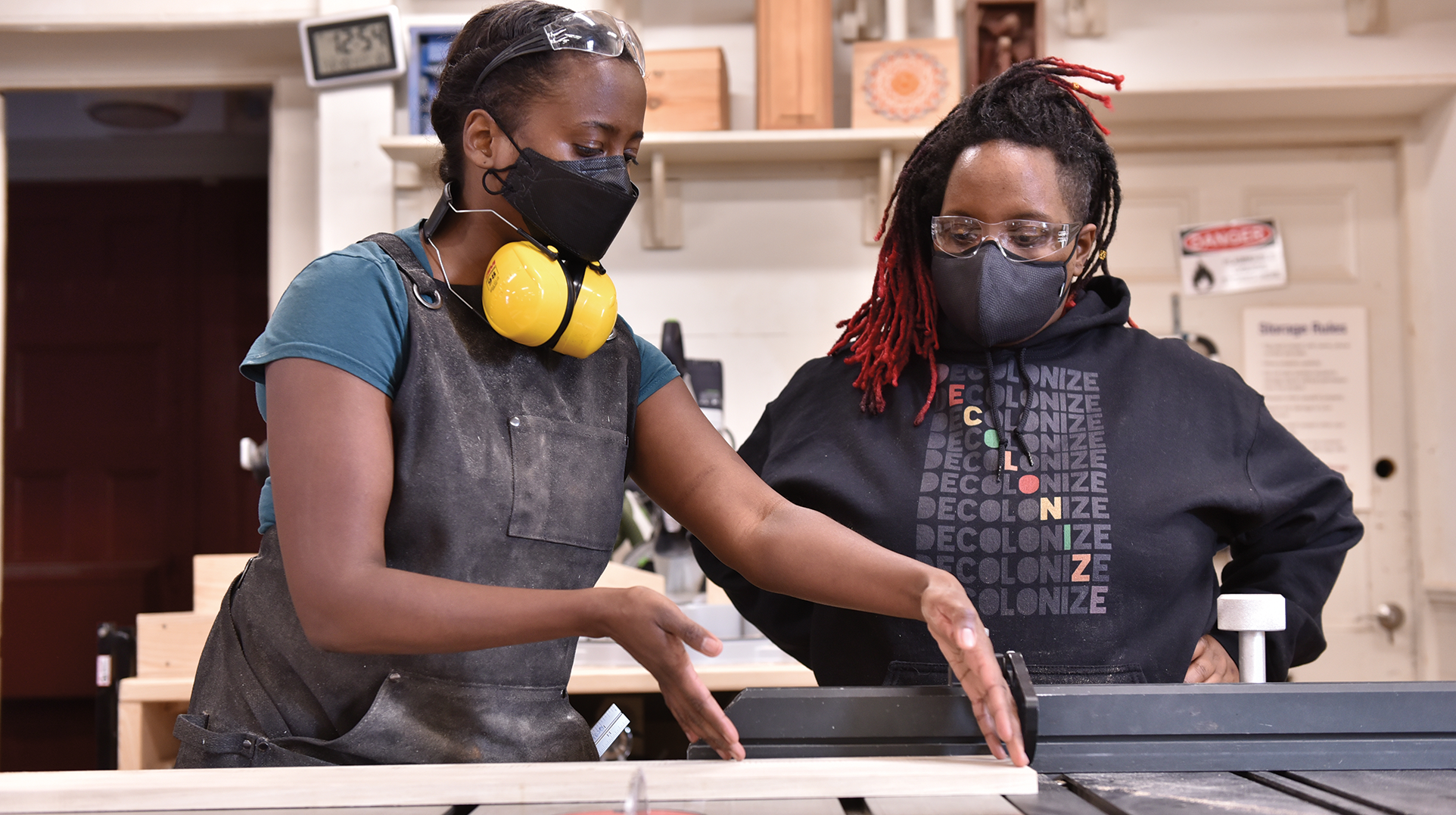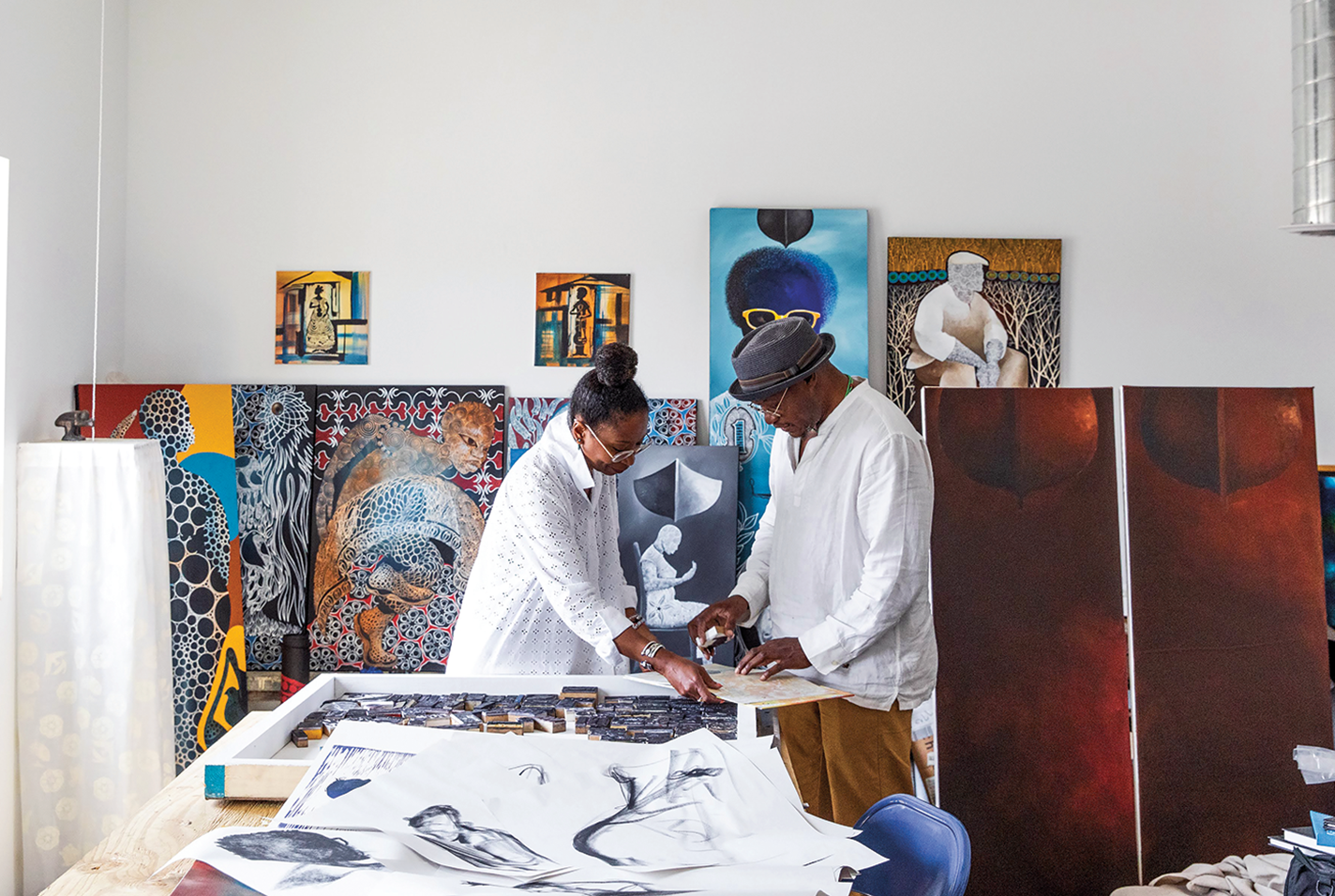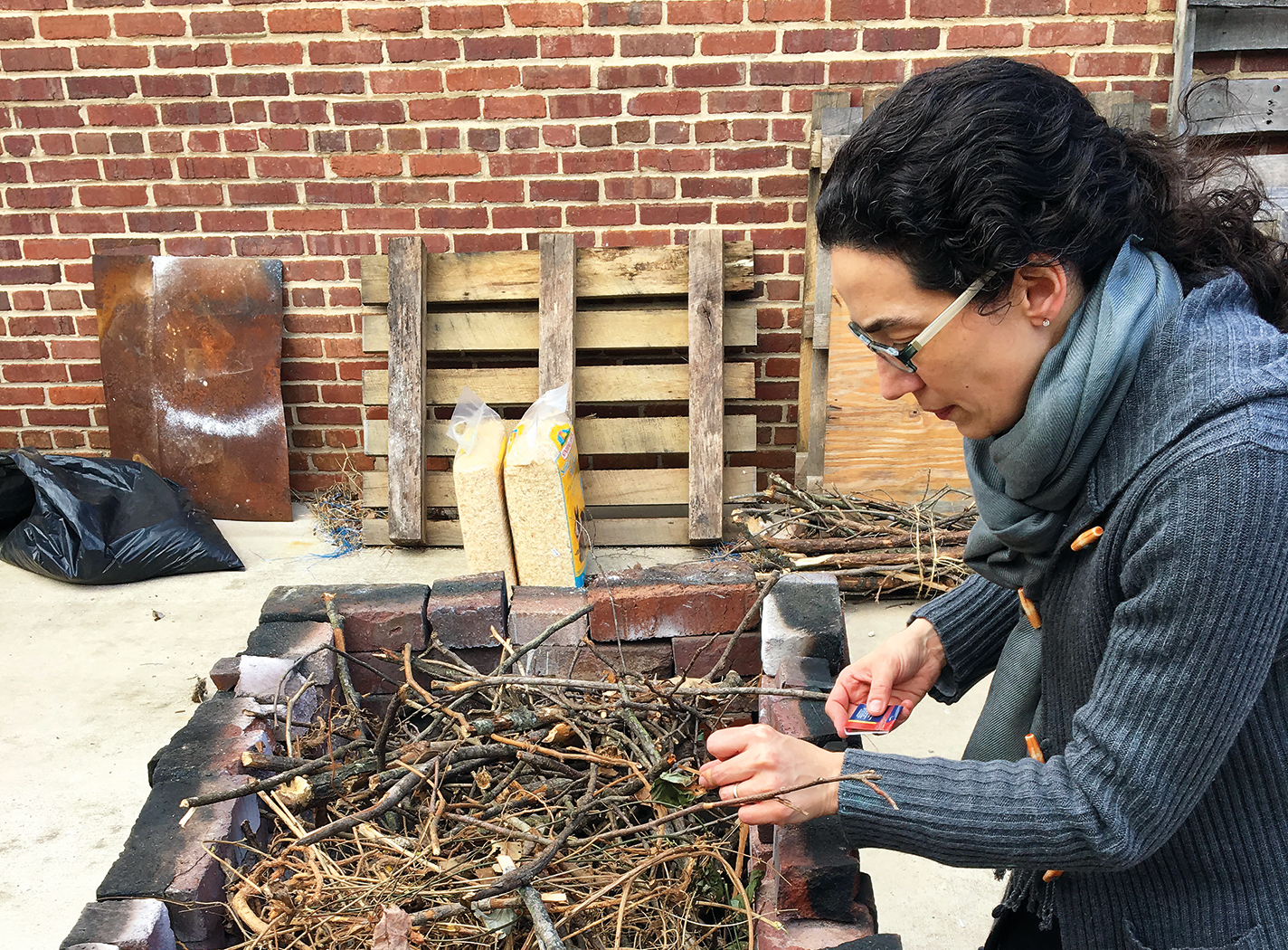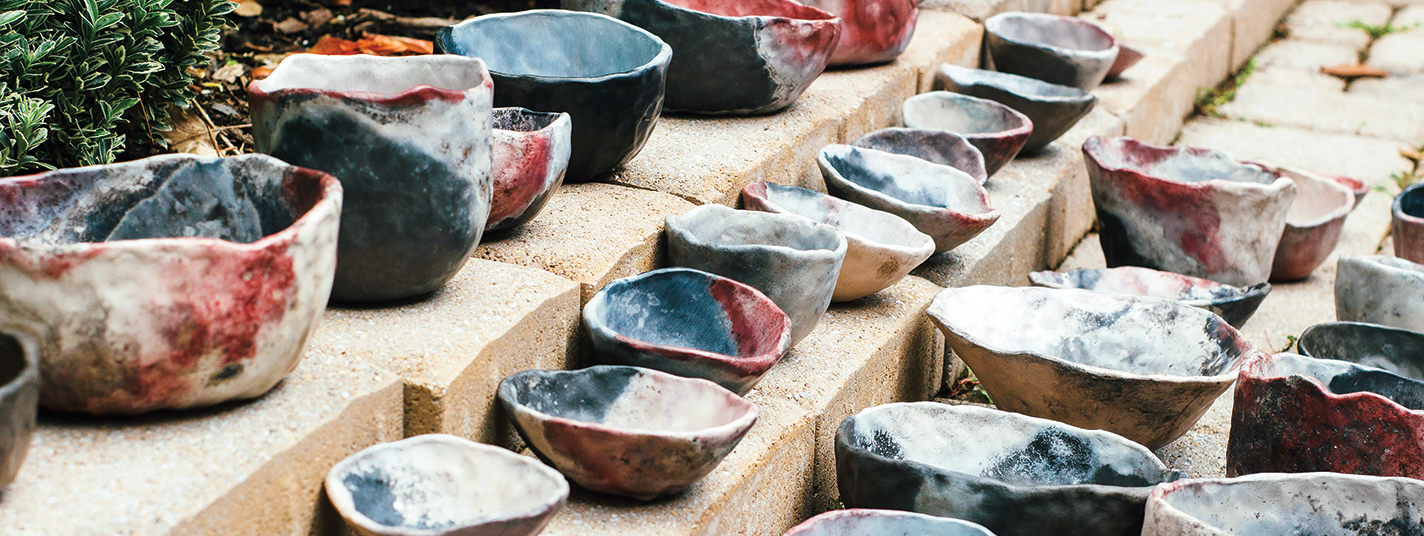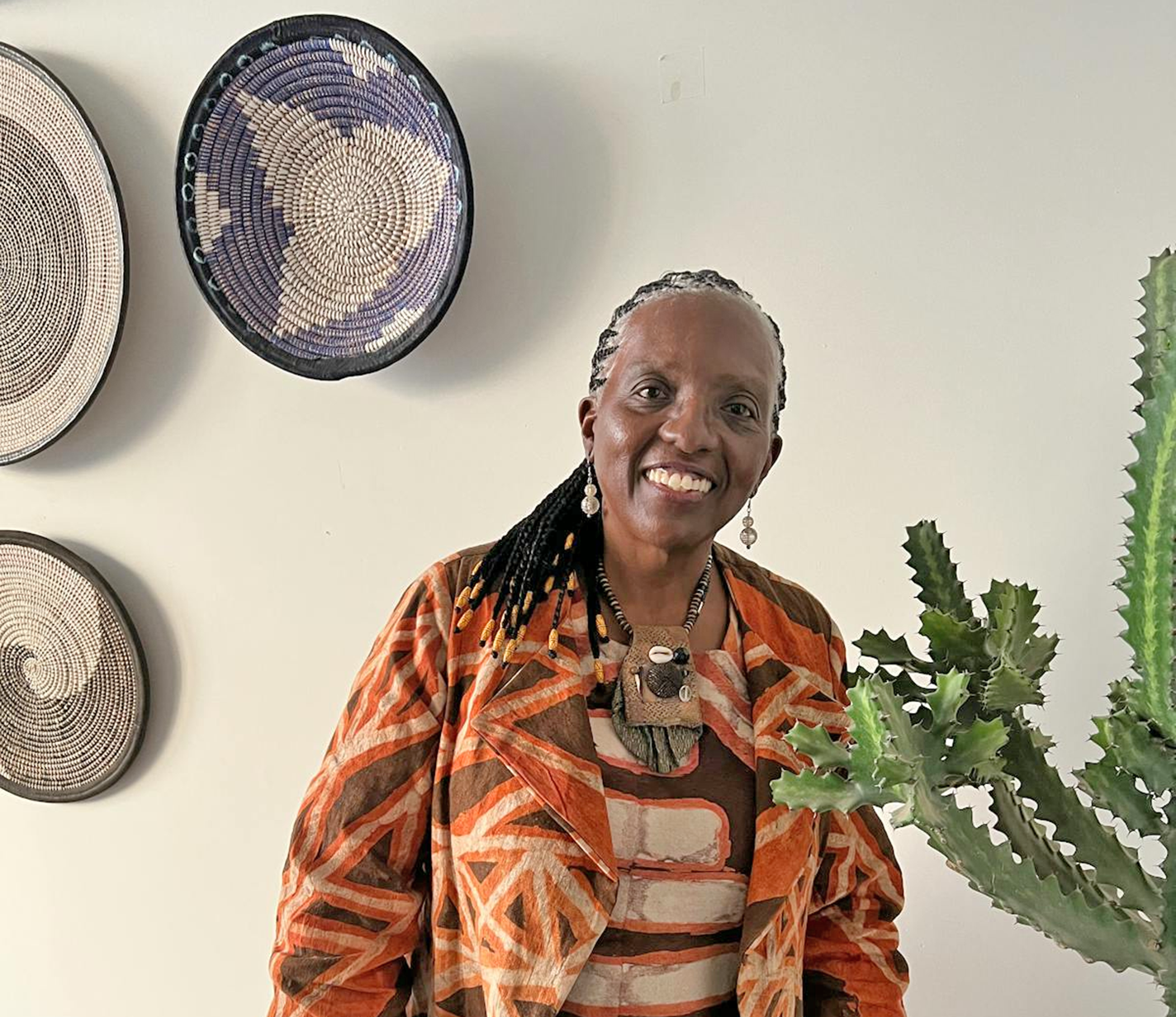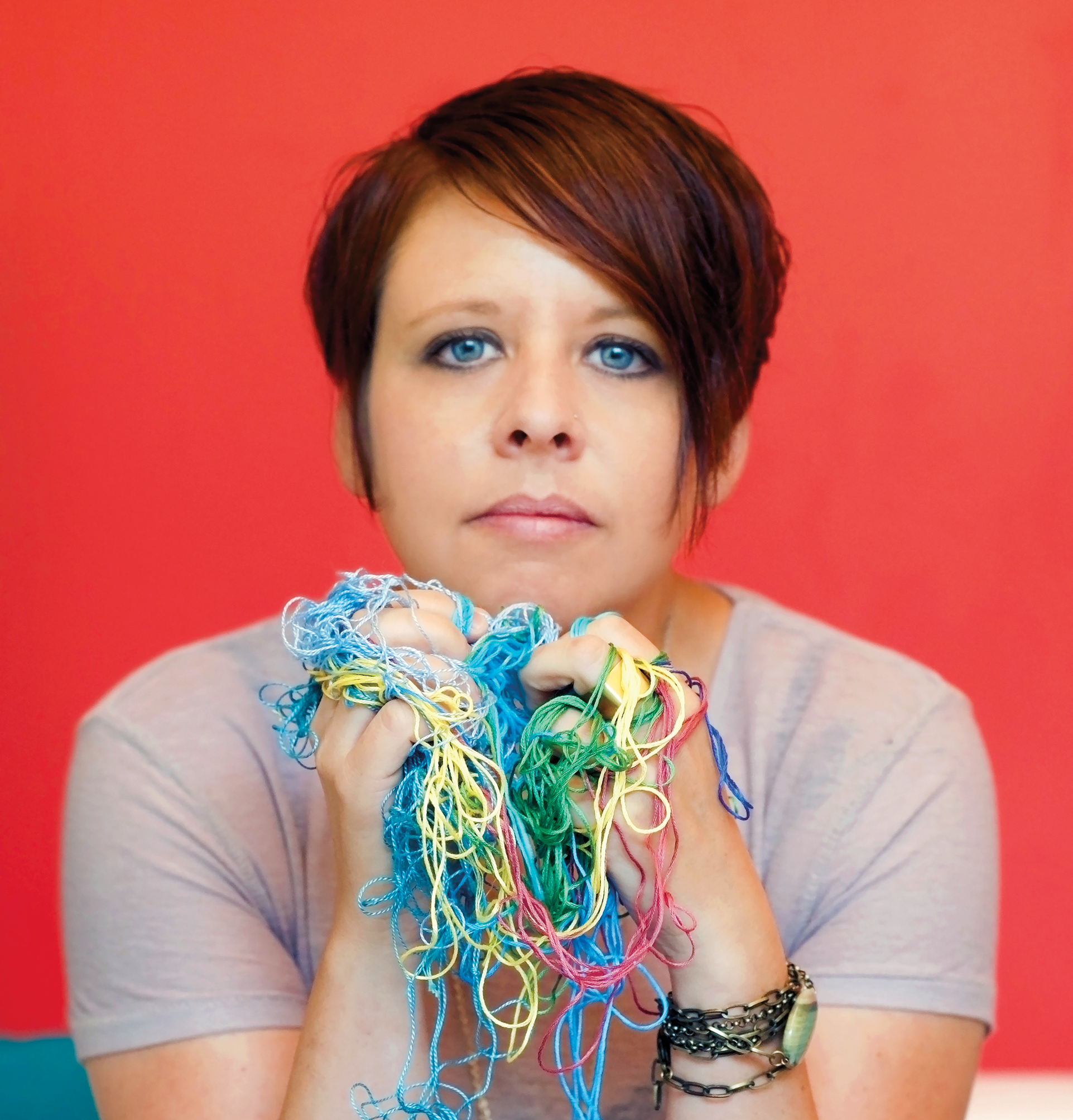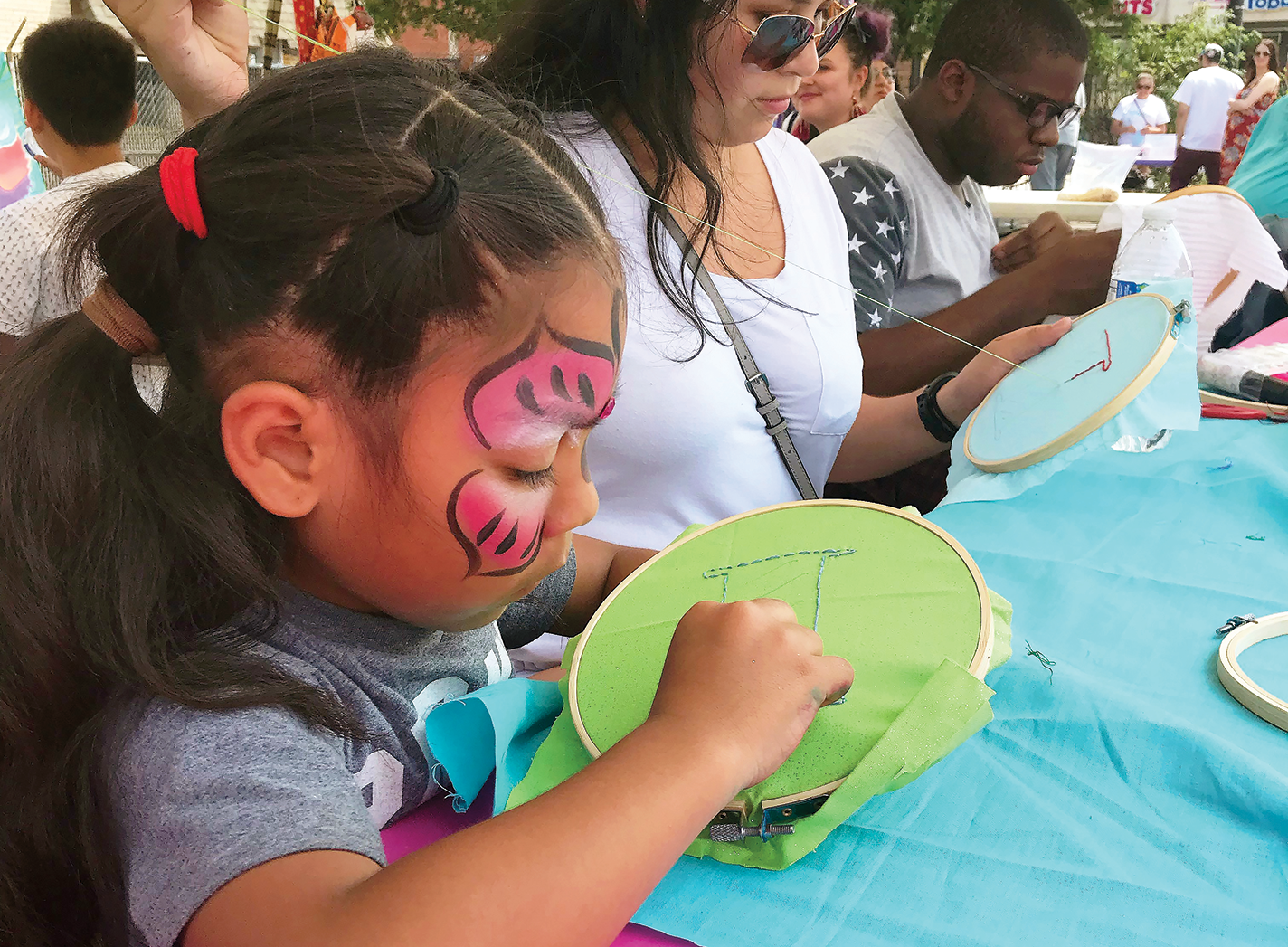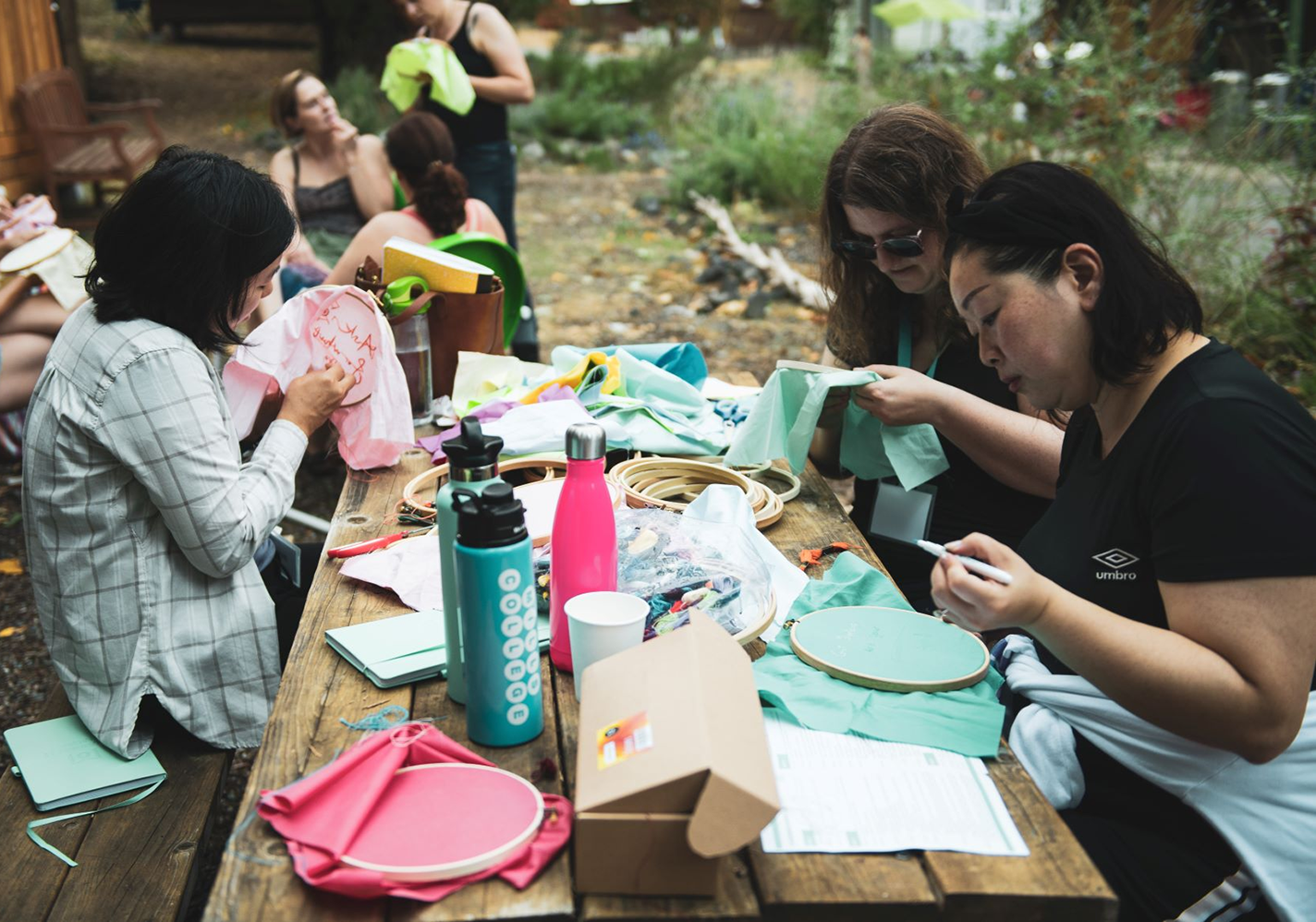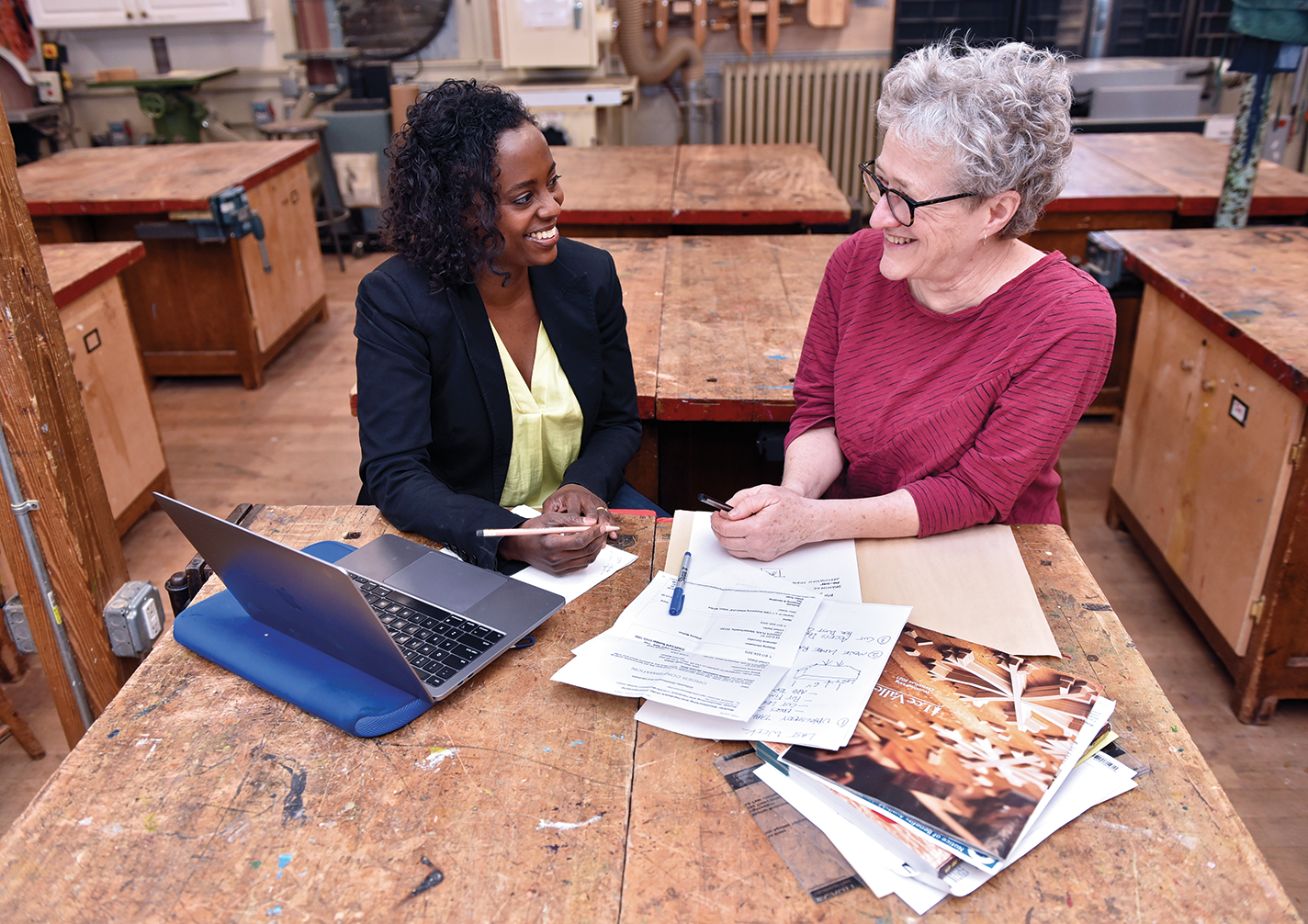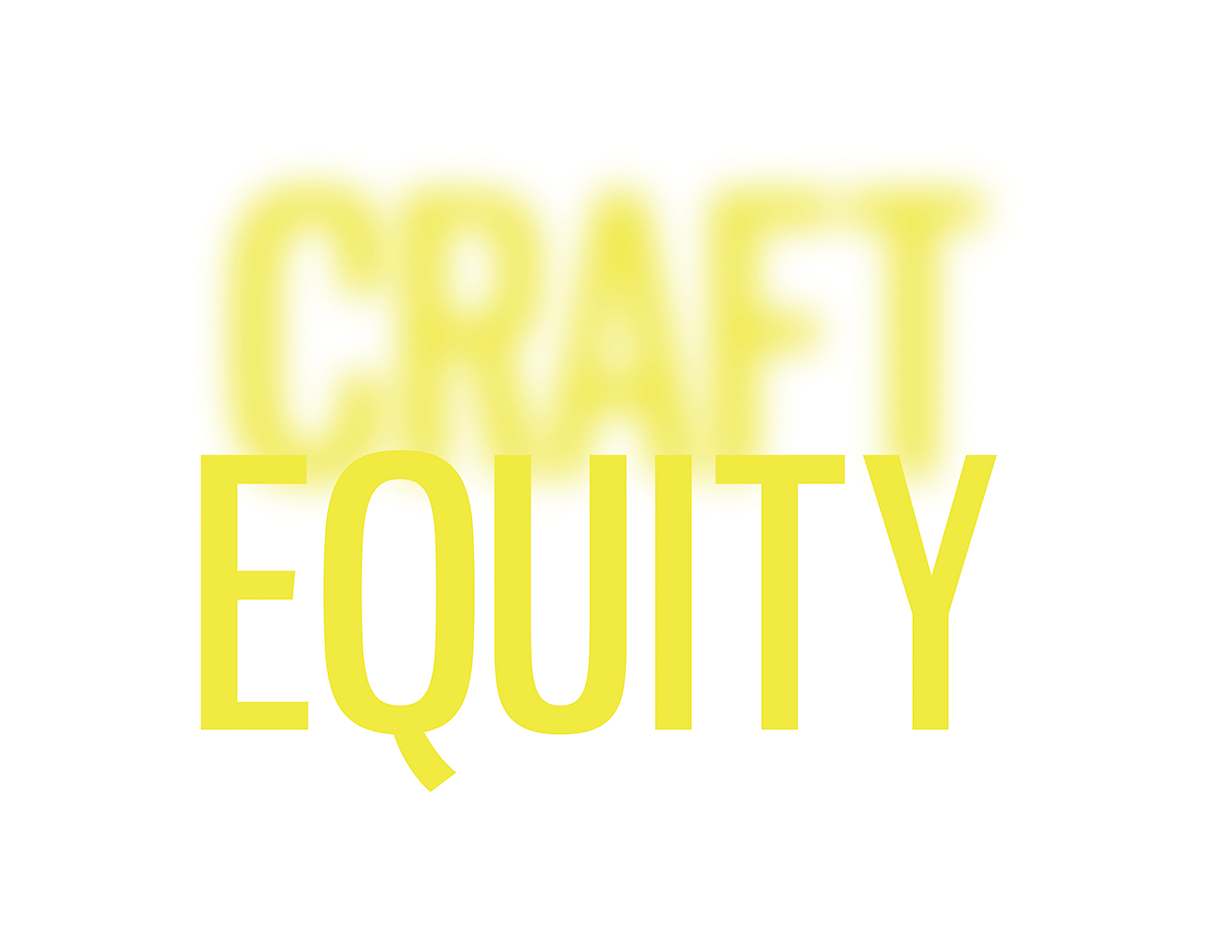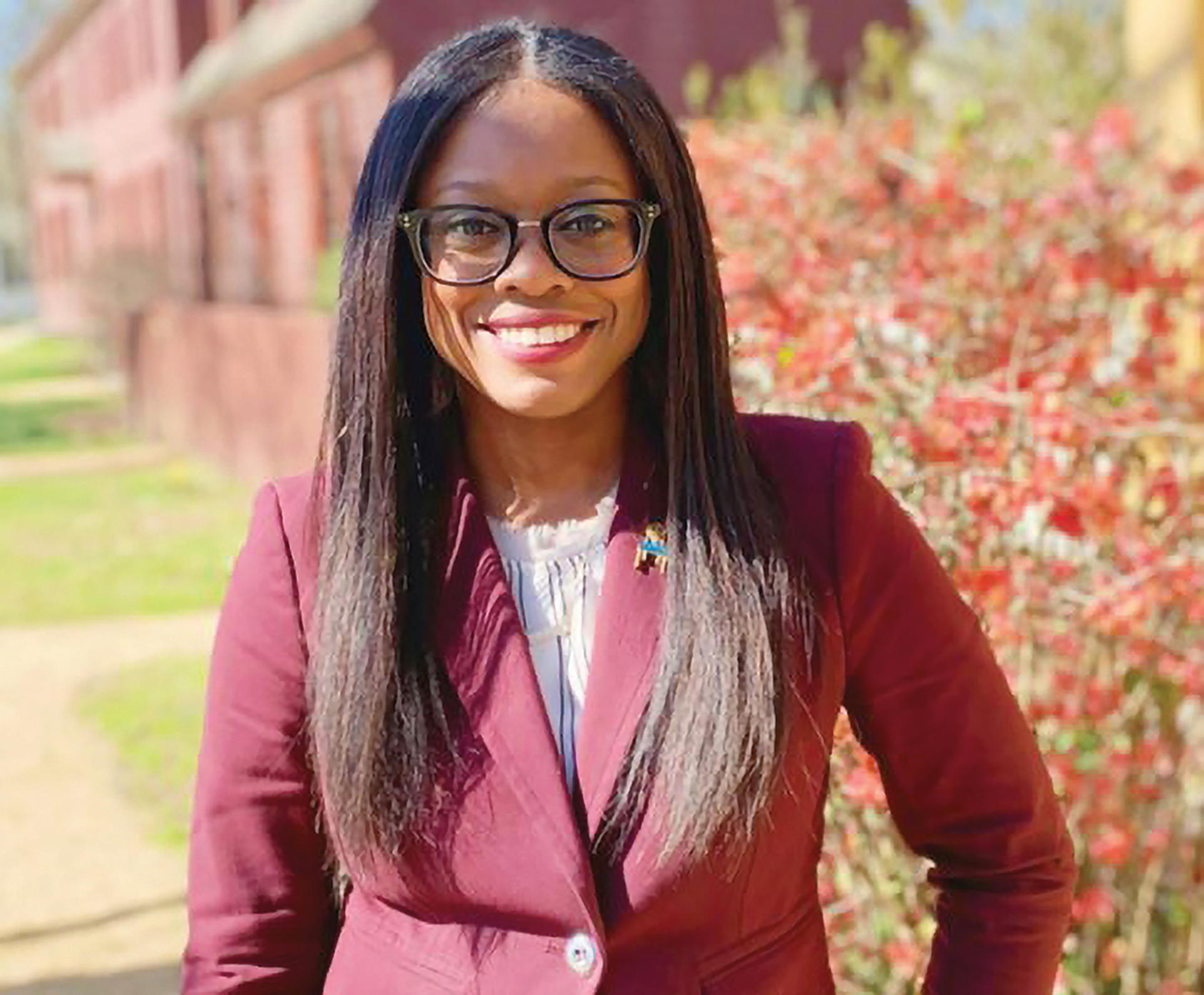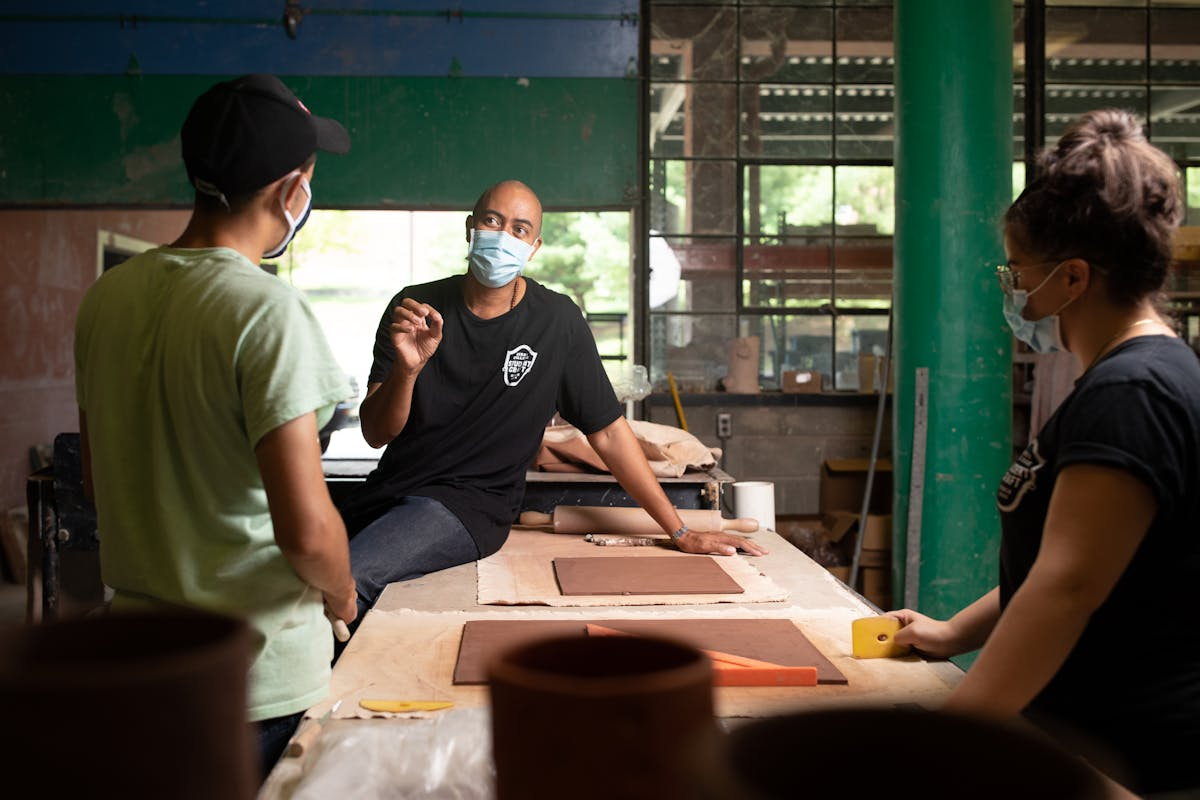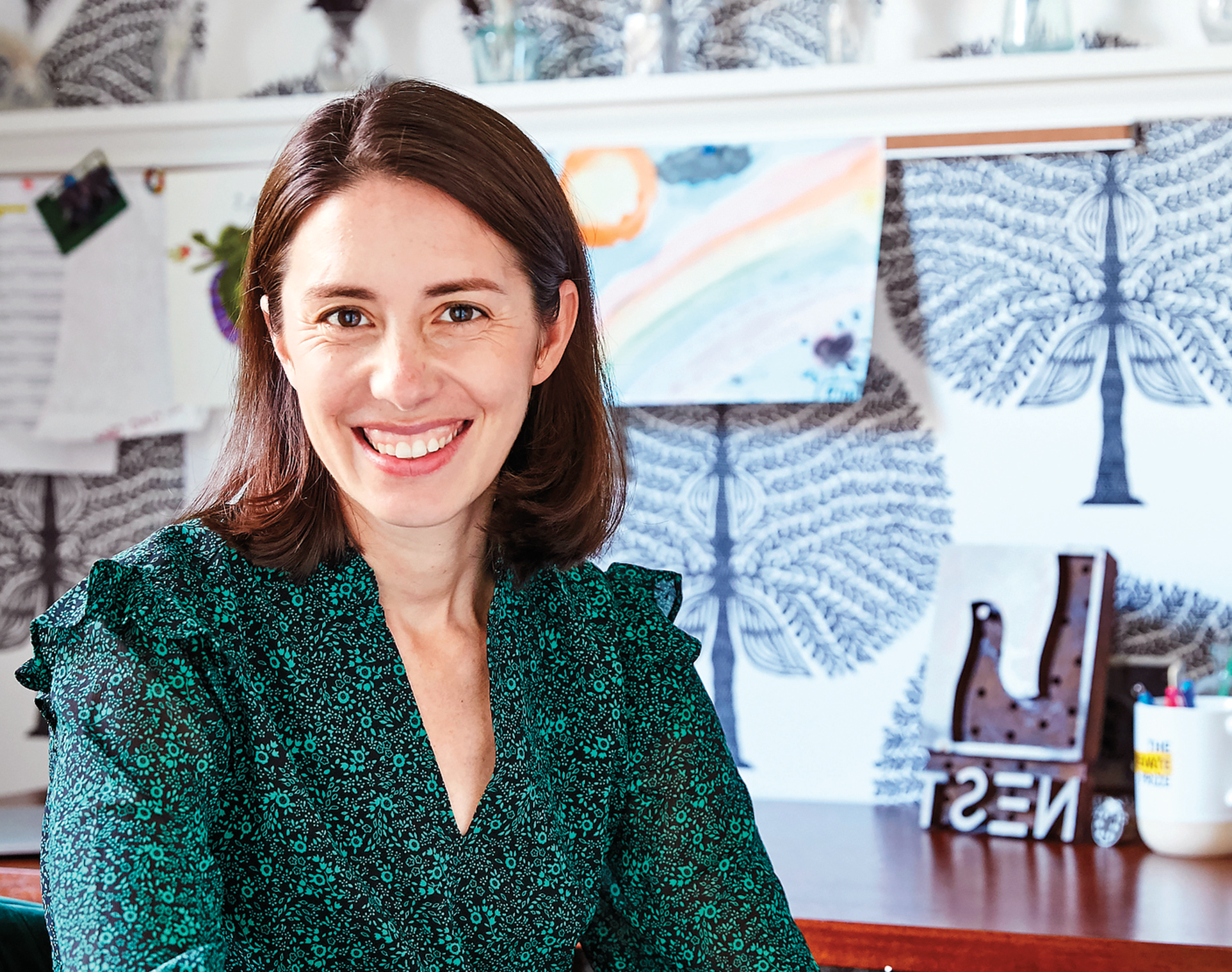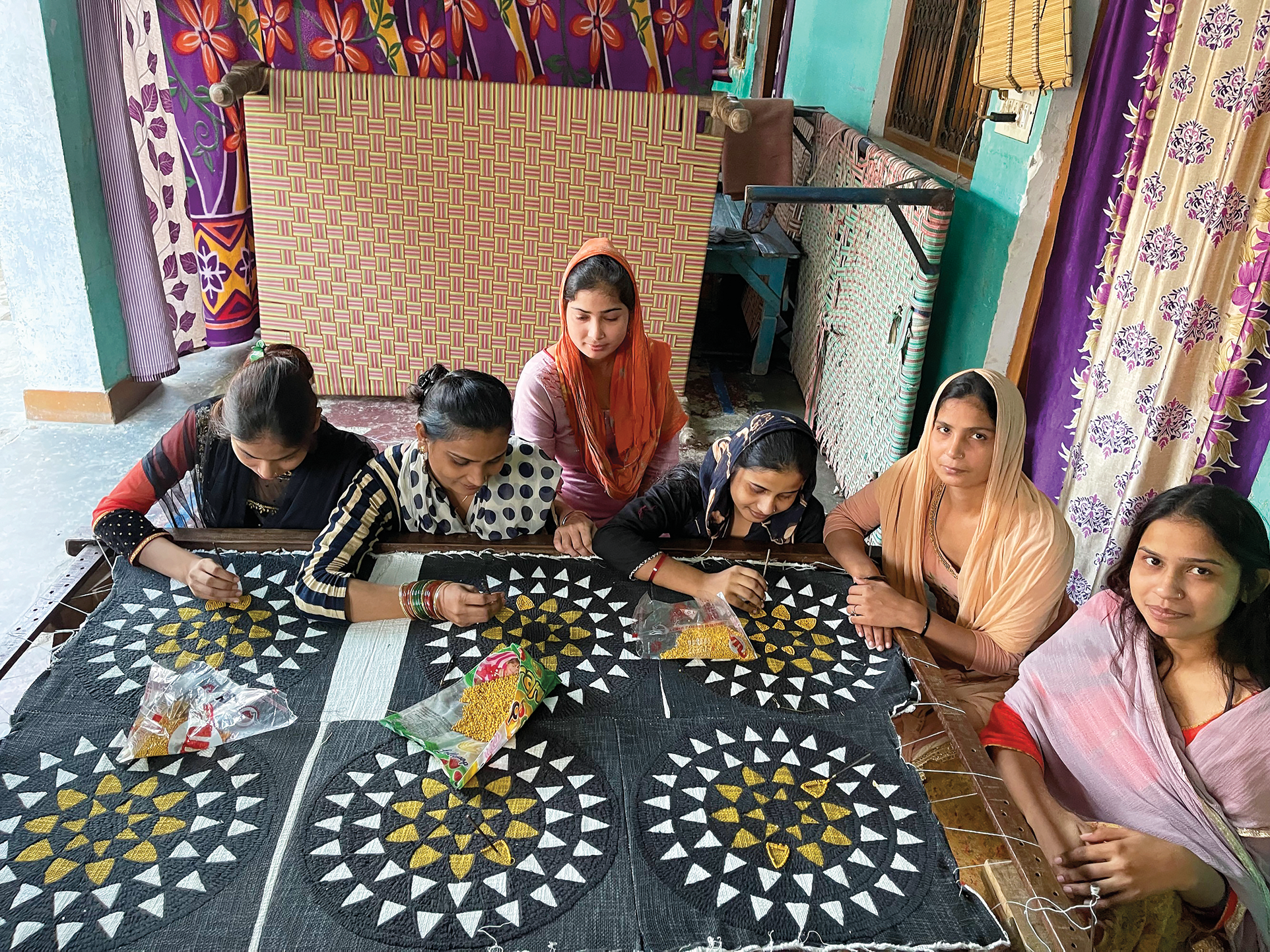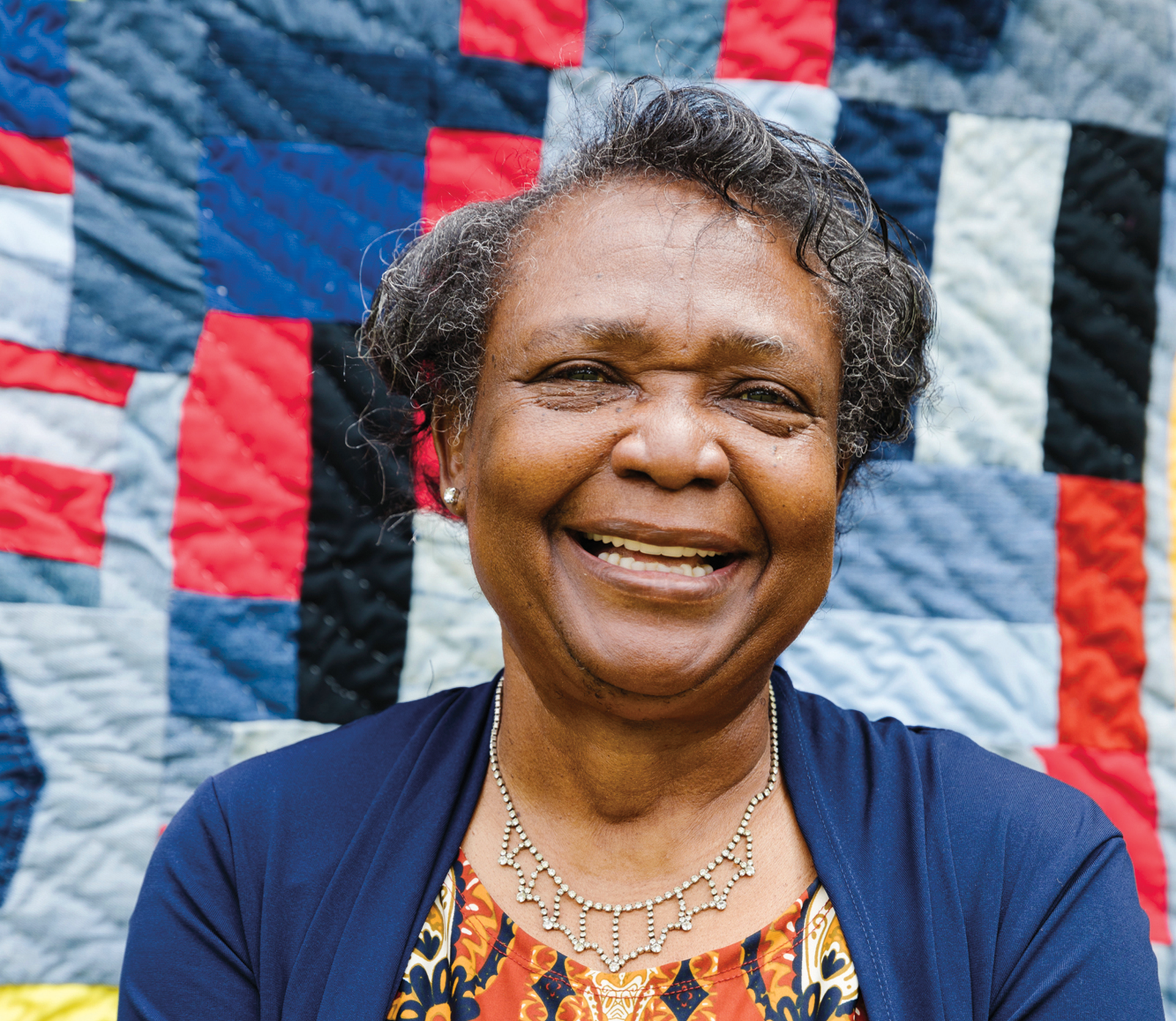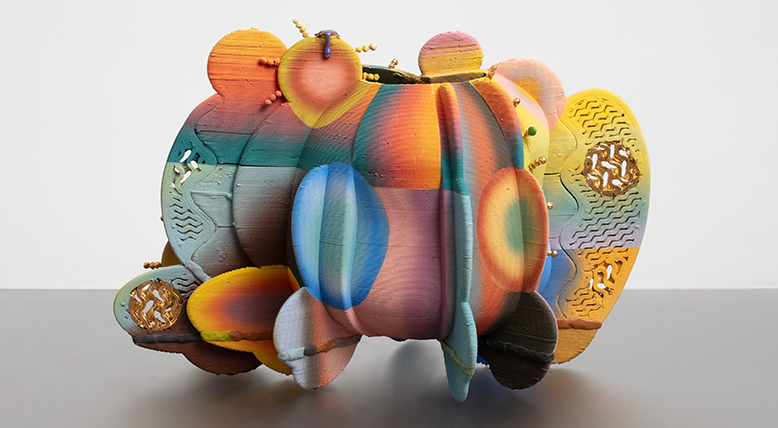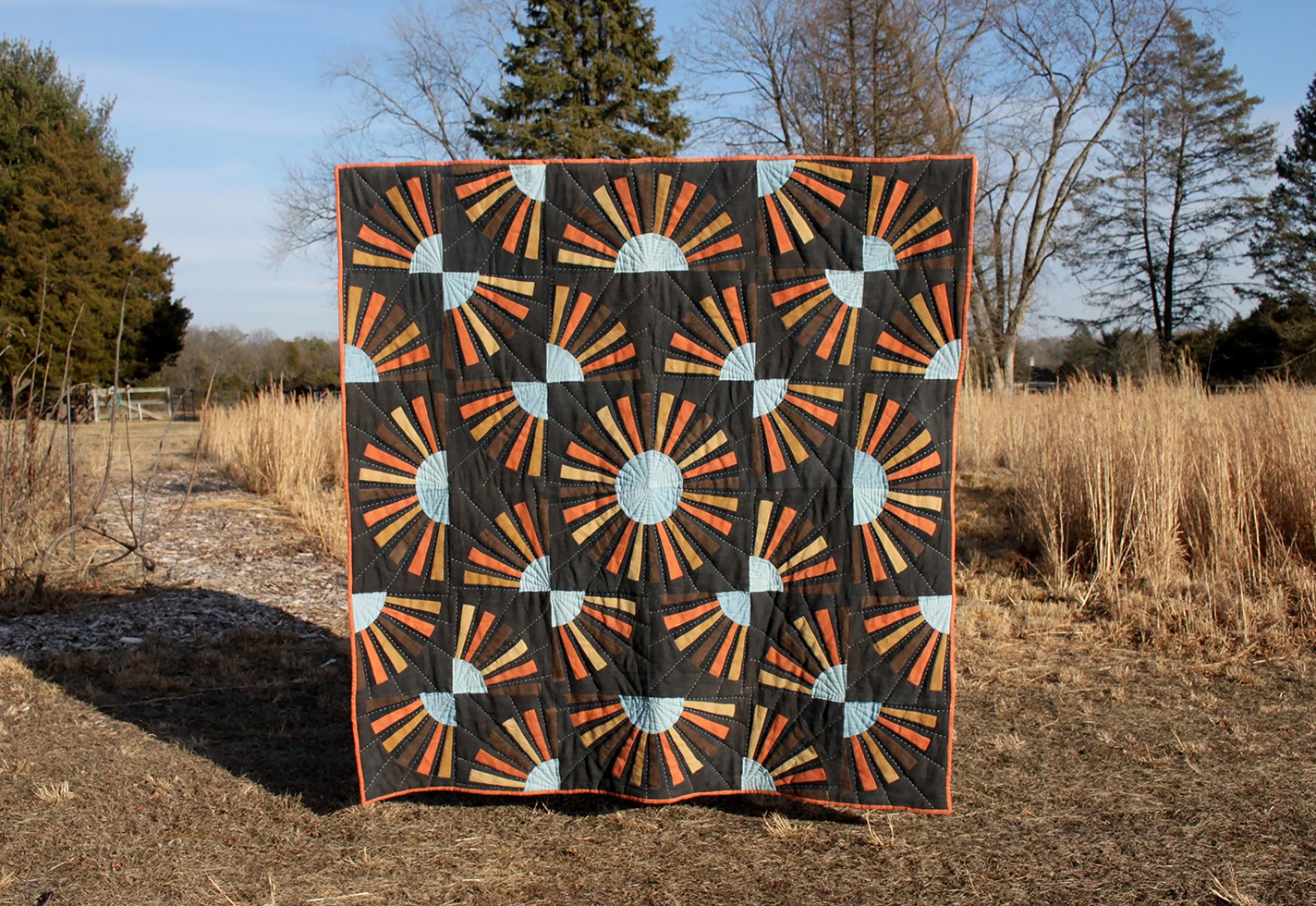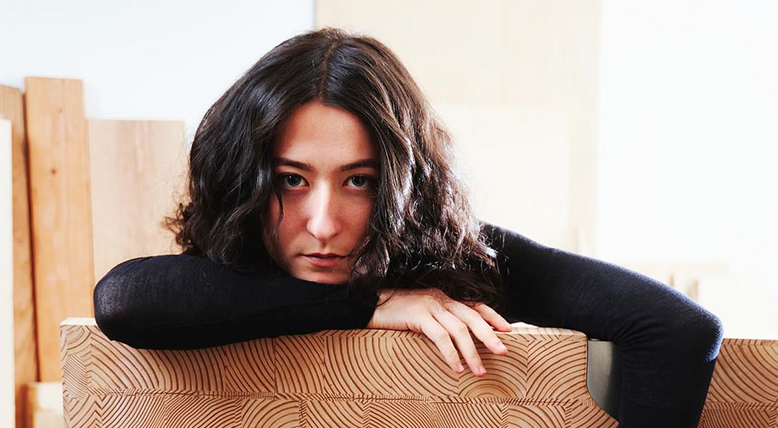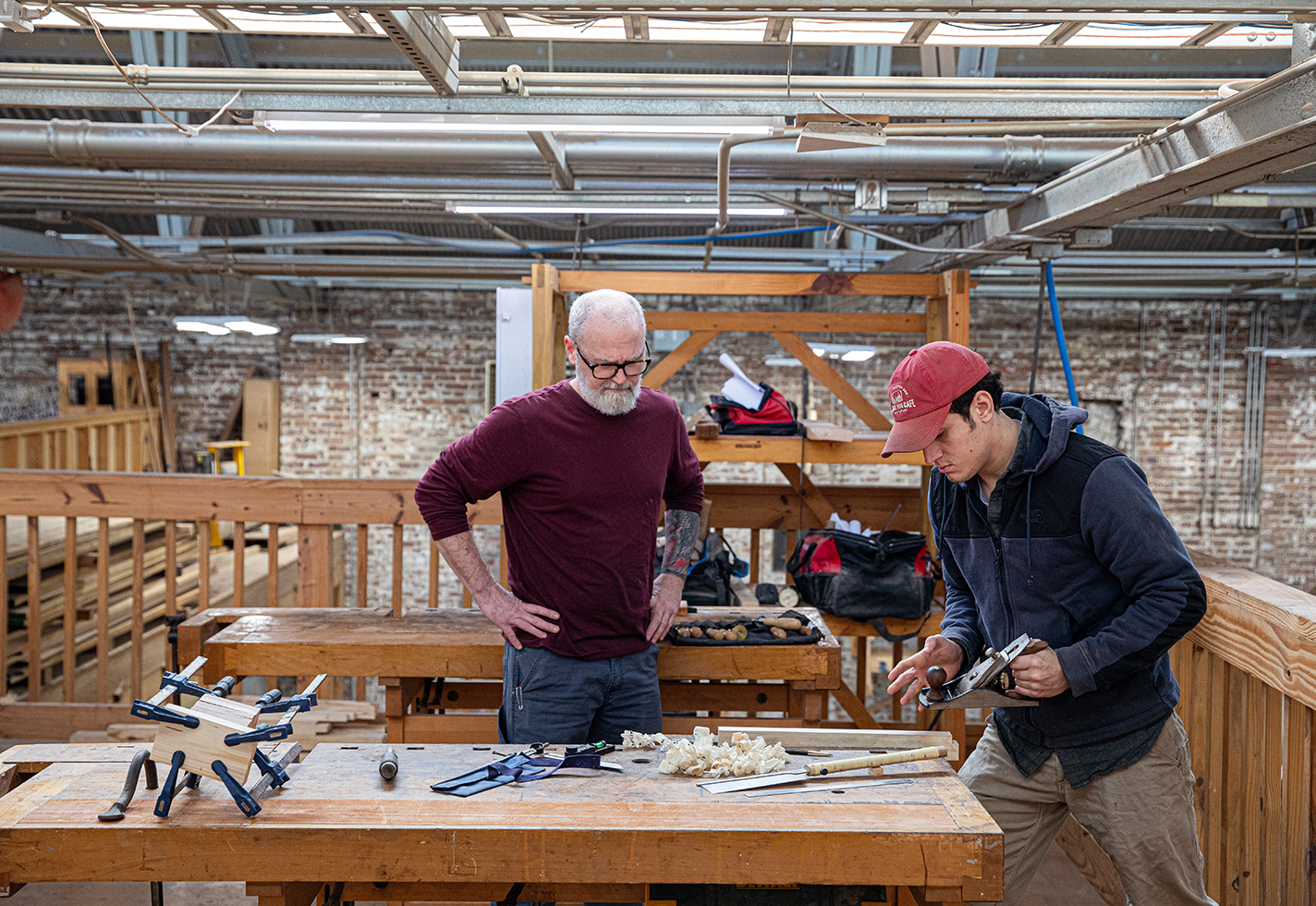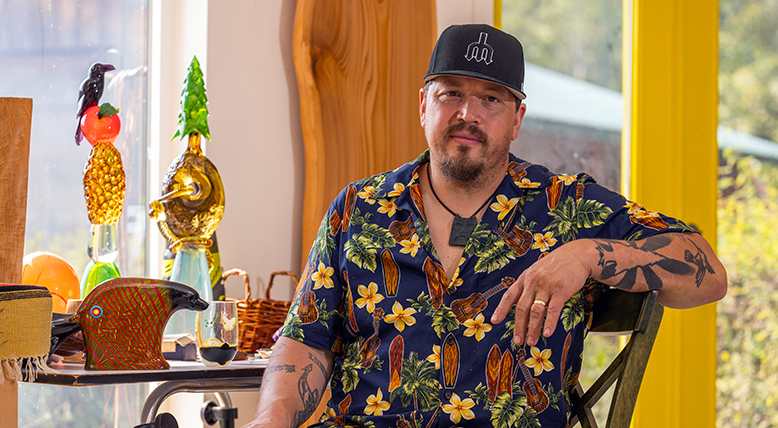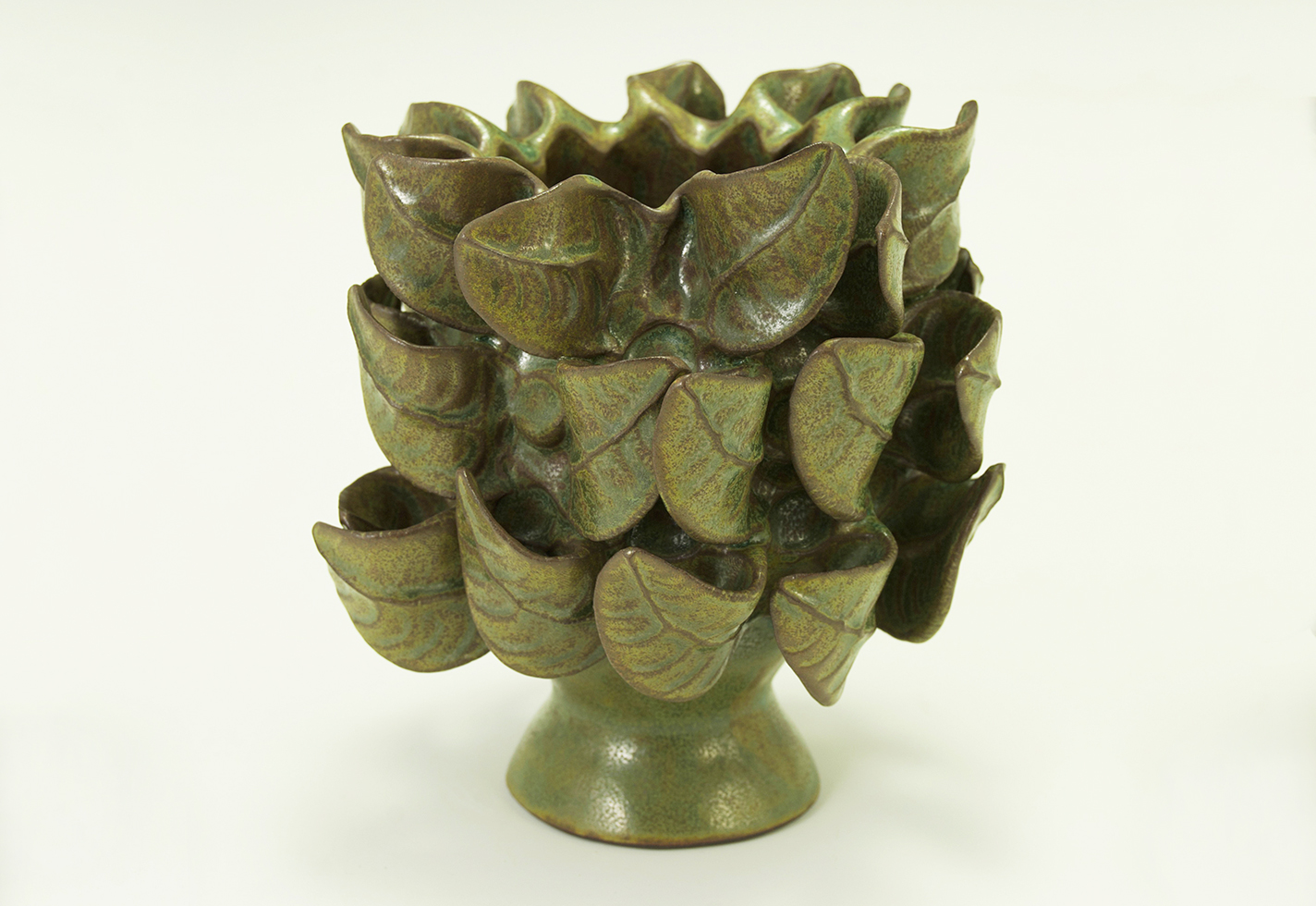Along with skill and practice, it takes vision to shape materials into beautiful objects. Similarly, there are craft artists and professionals who have the vision to want to shape an entire field.
After the tumult of the past few years—with the global pandemic, increasing climate change disasters, racial reckoning, and other shifting social dynamics—the editors of American Craft decided to honor changemakers in craft whose work not only addresses the moment, but paves the way toward a more supportive and inclusive future. The initial idea for this coverage came from the board of trustees of the American Craft Council, which is committed to justice, inclusiveness, and equity. Earlier this year, staff reached out to the broad craft community and asked for recommendations, which came pouring in.
In the next few pages, you’ll meet some of the folks who are directly addressing social issues, the needs of artists, and the inclusion of more diverse artists in the craft marketplace. Many of them began their work long before 2020, and its impact is now coming to fruition. Others started new initiatives more recently and are already making a difference. Here’s what the 11 people and organizations we celebrate here have in common: They took a long look at the craft world and found that it needed refashioning in certain directions—toward more equity, honesty, inclusiveness, and care. Their love for craft and its artists made them intent upon the task of making craft all that it can be in the world.
